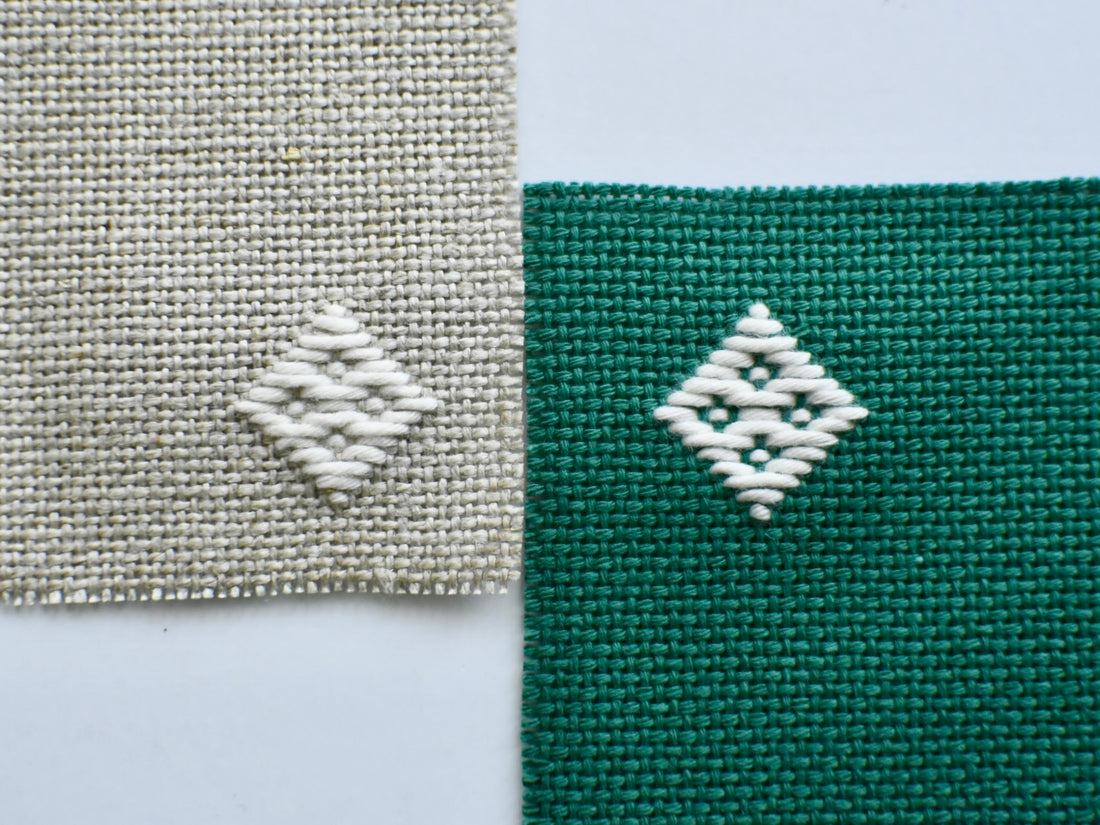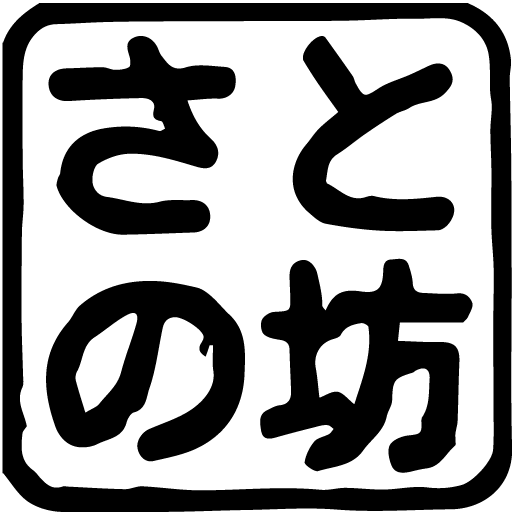
Understanding cloth and thread 5 (Weaving thread 2)
◆Learning about cloth and thread 5 (Weaving thread 2)
In the previous article, Understanding Cloth and Thread 4 , we took a closer look at the weaving threads of cloth. Hemp has a small number of threads that make up a single thread, 2 to 3, and there seems to be variation in the thickness of the original threads that are twisted together compared to cotton. On the other hand, with cotton, the number of threads that make up one thread is 4 to 6 (although Kensen's Congress gave a different impression), and the thickness of the twisted threads seemed to be constant.
If we ignore the characteristics of individual threads , we can think of " fine-weave cloth = more threads = heavier ." What actually happens?

(Recheck the fineness of the cloth for the same size = number of weaving threads and the weight of the cloth)
I have a cloth of the same size (approximately 8cm x 13cm) and the same weight (7g) from the German cloth manufacturer Zweigart, so let's compare.
Zweigart cork has 8 stitches/cm, Zweigart dowel has 7.1 stitches/cm. For the same size cloth, cork has a finer weave, more threads, and is thought to be heavier , but in reality, it weighs the same as Davosa, which has fewer threads. In other words, if the number of threads is the same, it can be assumed that Davosa is heavier . When I looked at the weaving threads, I found that coke has two hemp threads in one thread, and Davosa has four cotton threads in one thread. If we pay attention to the constituent parts of the weaving threads, we can see that the differences in the number of weaving threads include the original thickness (weight) of the weaving threads, the differences in the characteristics of linen and cotton as fibers, and the process of making threads. It turns out that we need to take into account the differences.

You can imagine that this difference in number affects the strength of the cloth, the feel of the kogin embroidery, the friction when the threads pass through the grain, and the ease with which the warp threads of the cloth break . In the previous article , I explained that when weaving, we apply glue to the warp threads to deal with friction, etc., but when the twisted threads are firmly established as one thread, it becomes difficult for the threads to break. . This makes me realize that this is important for those of us who enjoy Koginzashi.
When you realize that textiles (cloth) are a collection of threads, deepening your understanding of the mechanism and characteristics of textiles (cloth) will help you imagine the friction that occurs when the kogin thread passes between the threads. I feel that imagination influences the technique when actually doing Koginzashi. I'm wondering if he's writing a blog about Koginzashi these days, but it doesn't seem like it would hurt to know! We will proceed with confidence.
◆ Comparing linen and cotton Next, let's compare cloth made with coke and dabosa stitched with modoko (the basic pattern of kogin sashimi). Is there anything you notice? First, I will list the information that I have confirmed so far.
・Cork: Linen, 8 stitches/cm, 7g (8cm x 13cm), 1 warp thread is twisted with 2 ・Davosa: Cotton, 7.1 stitches/cm, 7g (8cm x 13cm), 1 warp thread is twisted with 4 threads
The fact that the modoko of Cork is slightly smaller confirms that the texture is finer. If you look closely, you can see that the weave of cork is supposed to be thinner, but that of davosa is thicker in both the warp and weft, and the size of the holes in the fabric doesn't seem to change much . The holes in the fabric are the places where the thread passes through, so the friction when the kogin thread passes through these two fabrics may not be much different.
There are probably several factors that affect the smoothness of thread passage, such as not only the size of the hole in the fabric but also whether the fabric and thread are made of the same material or different materials, but at least the hole through which the needle passes The fact that they appear to be about the same size means that you can embroider even a slightly finer cloth! It seems to lead to a positive feeling!

The way I summarized it was sloppy (lol), but I think I'll end my research here today. I'm thinking of comparing the size and shape of Modoco soon, but I wonder how it will turn out. Thank you for your continued support.

◆Regarding the survey content
This information is for those who enjoy Koginzashi on their own, and was researched by Satonobo using materials he kept at home. Please note that depending on the storage environment, there may be a discrepancy in the count or weight of the fabric you have. Also, unauthorized use of photos is prohibited. I hope you have a fun Kogin time.
Satonobou
